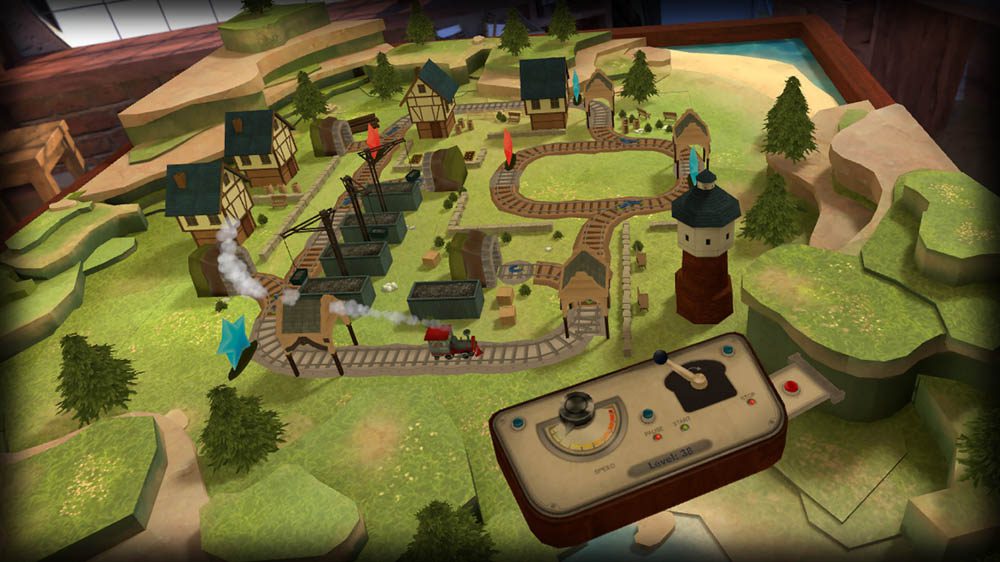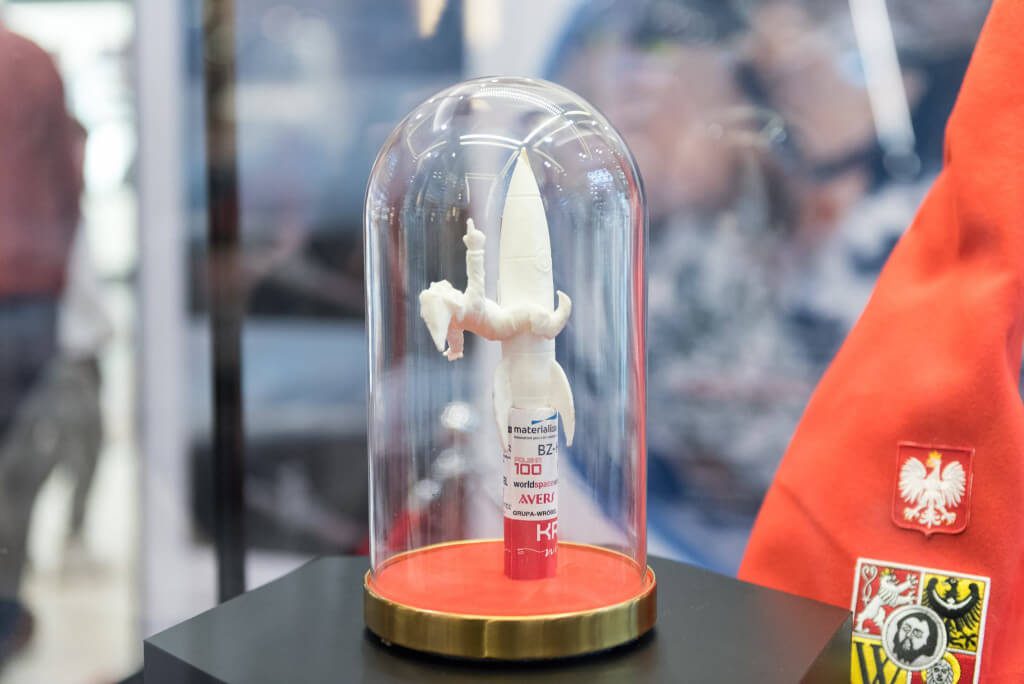Schlagwort: Poland
-

3D Printed Gnome Goes to Space to Celebrate 100 Years of Polish Independence
Reading Time: 3 minutesA gnome (or krasnale), a symbol of the Polish city of Wroclaw, has been 3D printed and launched into the stratosphere to prove that the only limits are ones we set in our minds. That, and it’s in celebration of 100 years of Polish independence. If you’ve visited Wroclaw, you’ll most likely…

